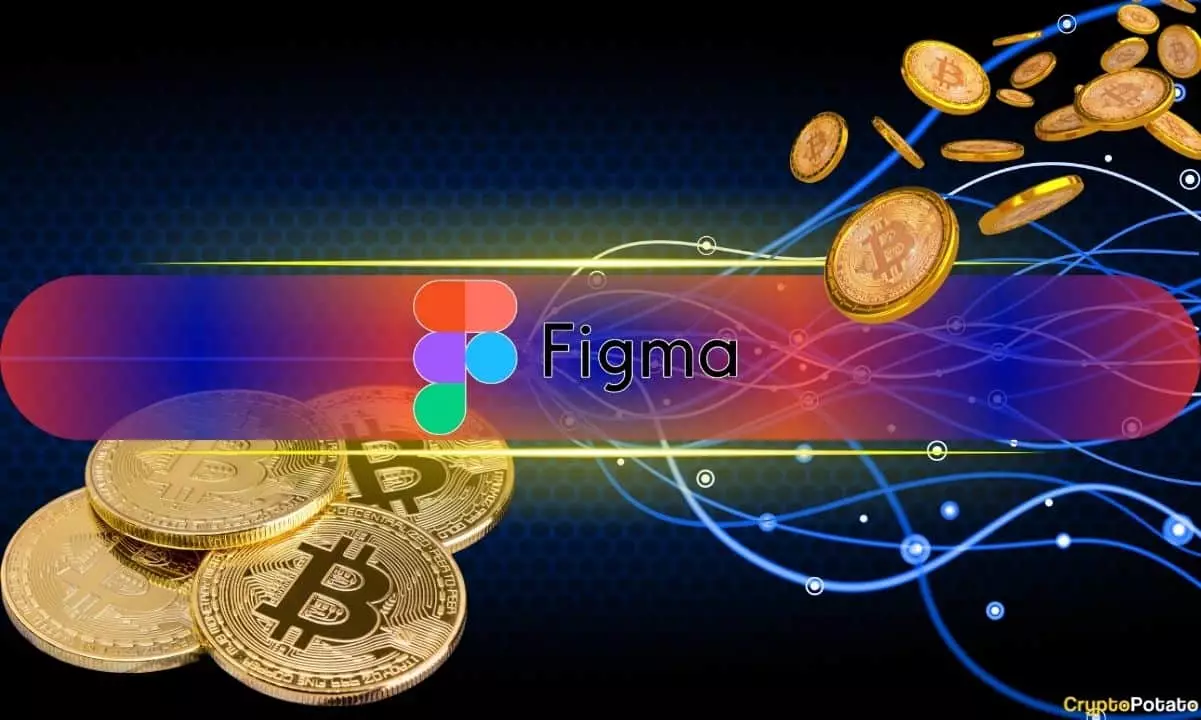Figma’s dramatic rise from a modest startup to a billion-dollar enterprise exemplifies the allure of rapid digital growth, yet beneath this façade lies a dangerous overconfidence in valuation metrics. With a current valuation soaring to $10 billion prior to its IPO, the company’s ambitions appear detached from fundamental profitability. Despite impressive revenues—nearing $750 million in 2024—their path to sustainable profits remains uncertain, especially given the competitive landscape dominated by Adobe and other tech giants. The eagerness of investors to leap into yet another high-flying tech IPO reveals a herd mentality that neglects the risks inherent in overhyped valuations. This obsession with growth at all costs can ignite speculative bubbles reminiscent of past tech debacles, where market exuberance ultimately turned to disillusionment when financial realities surfaced.
Strategic Vulnerabilities and Competitive Pressures
While Figma currently boasts a broad and diverse client base, its core innovation—a browser-based design platform—puts it in direct competition with Adobe’s existing powerhouse, Adobe XD. The proposed acquisition deal in 2022, valued at $20 billion, was met with alarm by industry observers who saw it as overpaying for a competitor that might threaten Adobe’s market dominance. The subsequent regulatory hurdles and canceled merger underscore the schizoid nature of the tech industry, where innovation is often a double-edged sword. Figma’s independence, while an asset, also makes it vulnerable to competitive encroachment and the possibility of the company being used as an acquisition pawn. The IPO, while promising substantial capital infusion, does little to eliminate strategic vulnerabilities, especially in an industry where the focus on collaboration tools is intensively competitive and rapidly evolving.
Crypto Connection: A Controversial Hedge or a Betting Man’s Shortcut?
Adding complexity to Figma’s story is its recent accumulation of Bitcoin holdings, with the company purchasing $30 million worth of USDC as a preparatory step for future Bitcoin acquisitions. The narrative of corporate crypto adoption, especially by innovative firms like Figma, can be alluring—signaling forward-thinking and diversification. However, in a center-right liberalist perspective, massive Bitcoin reserves might be perceived as risky speculation rather than prudent diversification. While it’s true that the crypto asset class has garnered regulatory acceptance, its volatility and speculative nature threaten to undermine the stability essential for a company preparing for a public offering. Embedding Bitcoin into a company’s financial strategy, especially in a market prone to wild swings, amounts to a gamble that could backfire in turbulent times, draining shareholder value and destabilizing investor confidence.
Regulatory Environment and Political Implications
The story of Figma’s IPO, intertwined with the failed Adobe merger, illuminates the intricate dance between corporate innovation and regulatory oversight. Governments and regulators, especially in the EU and UK, have shown increasing vigilance toward mergers that could distort competition. From a centrist-liberal viewpoint, this is a necessary safeguard—protecting consumers and small competitors from monopolistic dominance but also a potential obstacle to healthy innovation if regulators become overly cautious or politicized. The cautious approach toward big tech mergers might restrict the natural evolution of digital platforms, yet it’s a price worth paying to prevent market crashes rooted in over-consolidation and monopolistic overreach. Figma’s impending IPO, therefore, sits at an interesting crossroads—representing both a step forward for digital entrepreneurship and a test case for the resilience of market regulations.
The Broader Implications for the Tech Industry
In the broader context, Figma’s rise and planned IPO tell a cautionary tale about the tech industry’s reliance on hype, valuations disconnected from fundamentals, and the frantic pursuit of domination through mergers and acquisitions. From a pragmatic, center-right perspective, innovation should be celebrated but tempered with prudence—fostering competition rather than allowing monopolies to cement control, especially when backed by speculative financial instruments like Bitcoin. The history of tech booms warns us that illusions of endless growth inevitably face economic corrections. A careful, disciplined approach—balancing the desire for progress with regulatory oversight and fiscal responsibility—is how the industry can sustain long-term health. Figma, in this context, isn’t just another startup; it’s a reflection of the volatility, ambition, and inherent risks that characterize modern technological enterprise.
















Leave a Reply